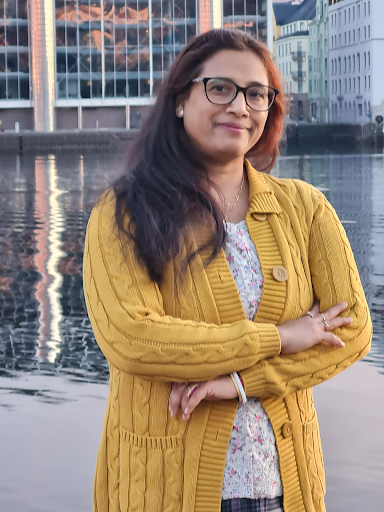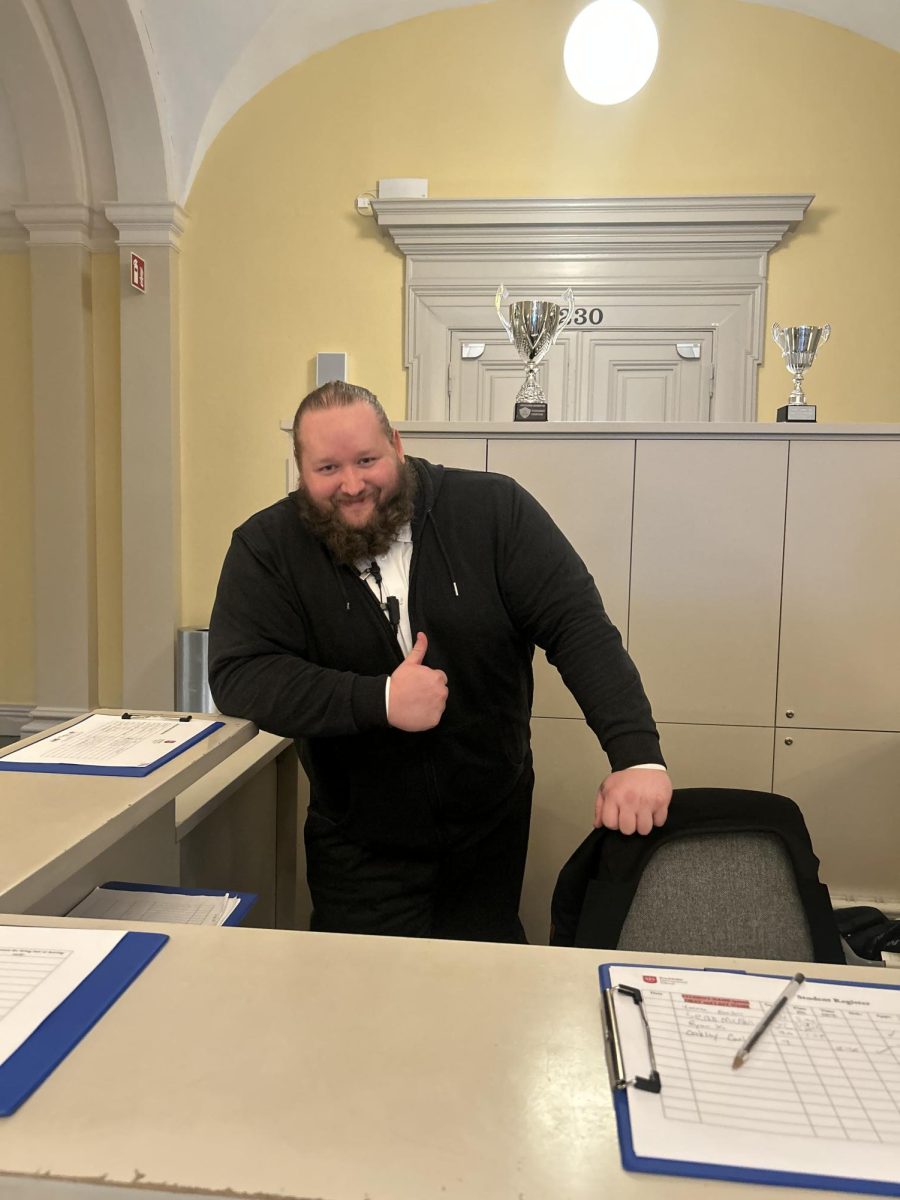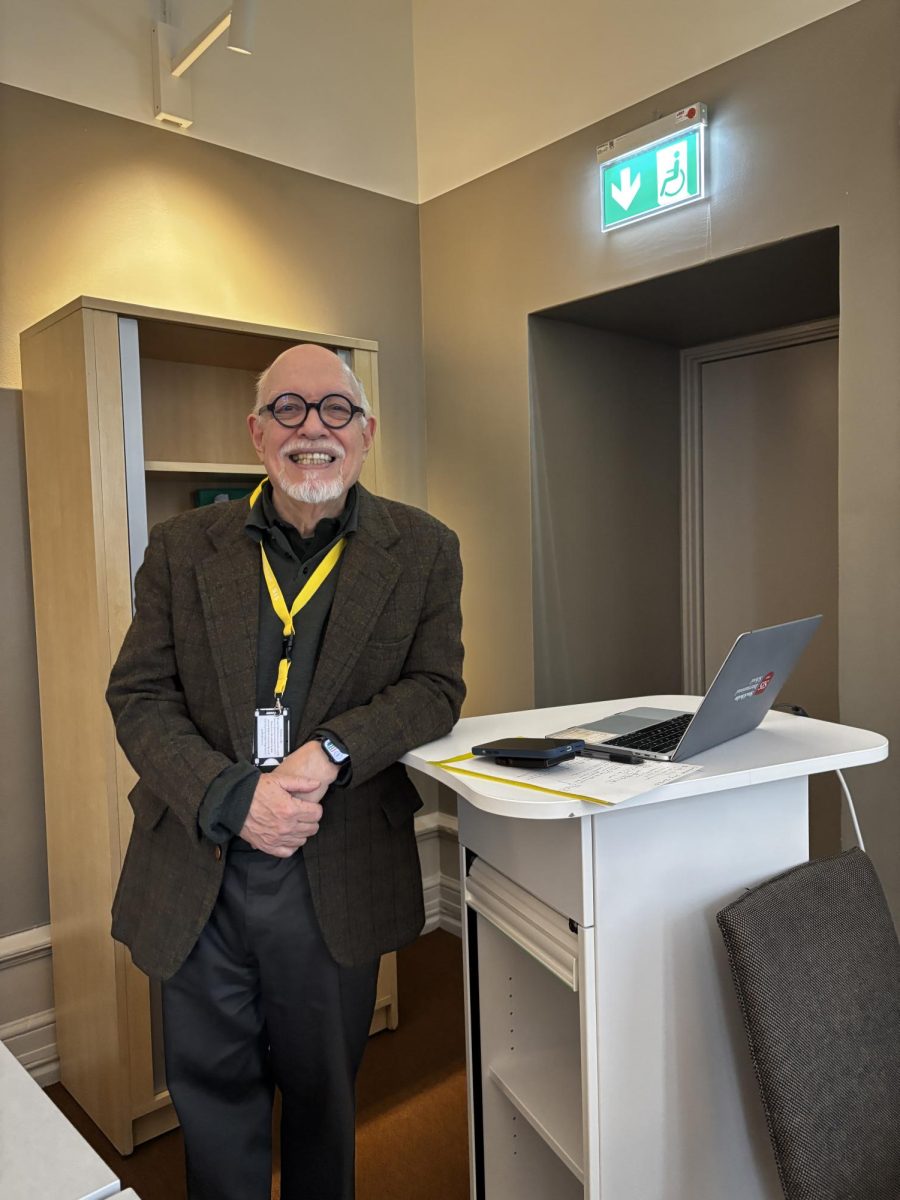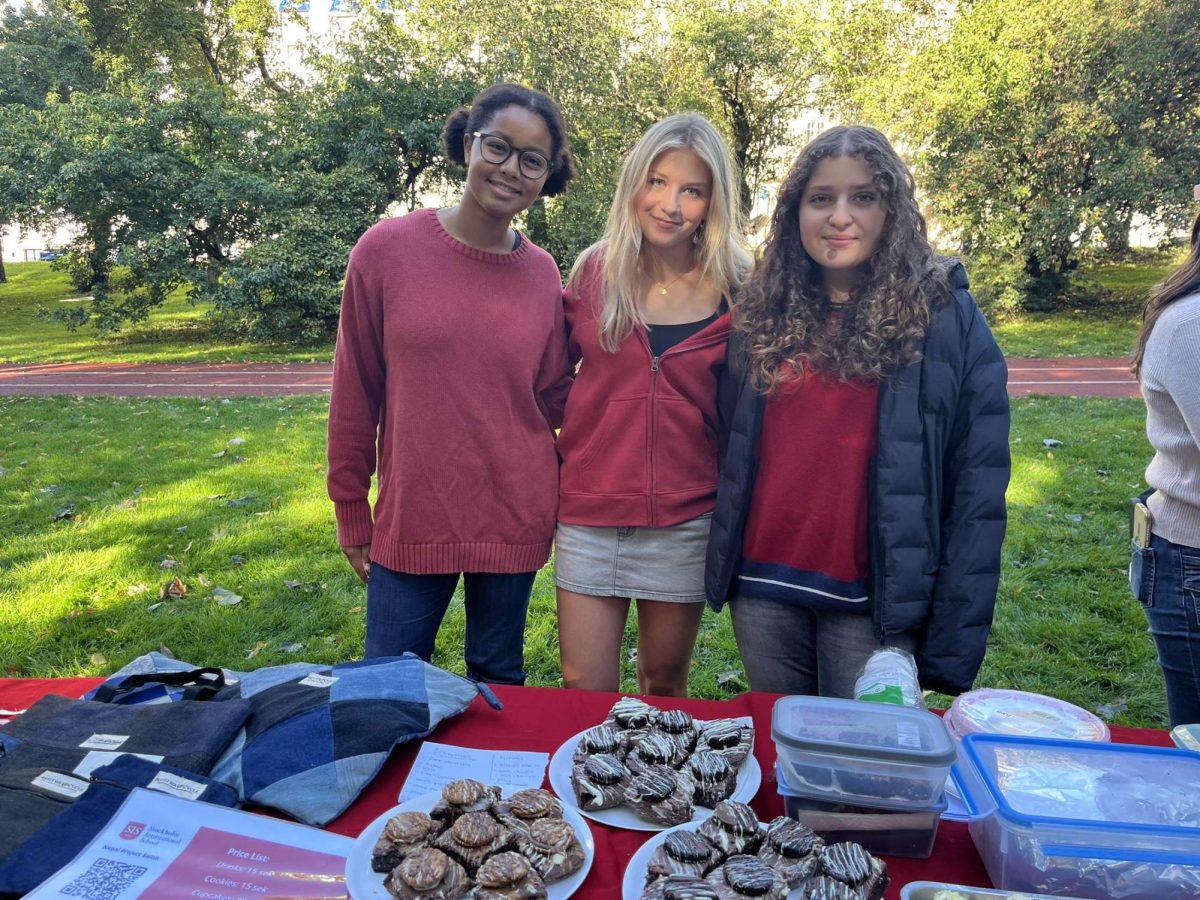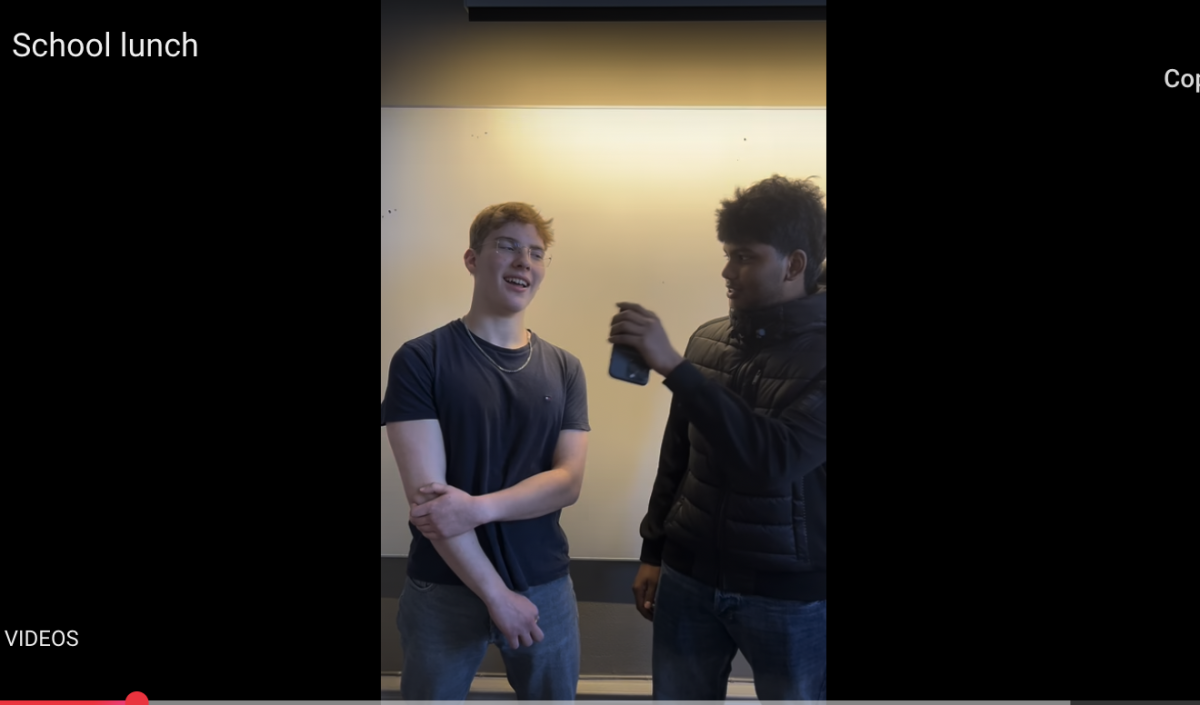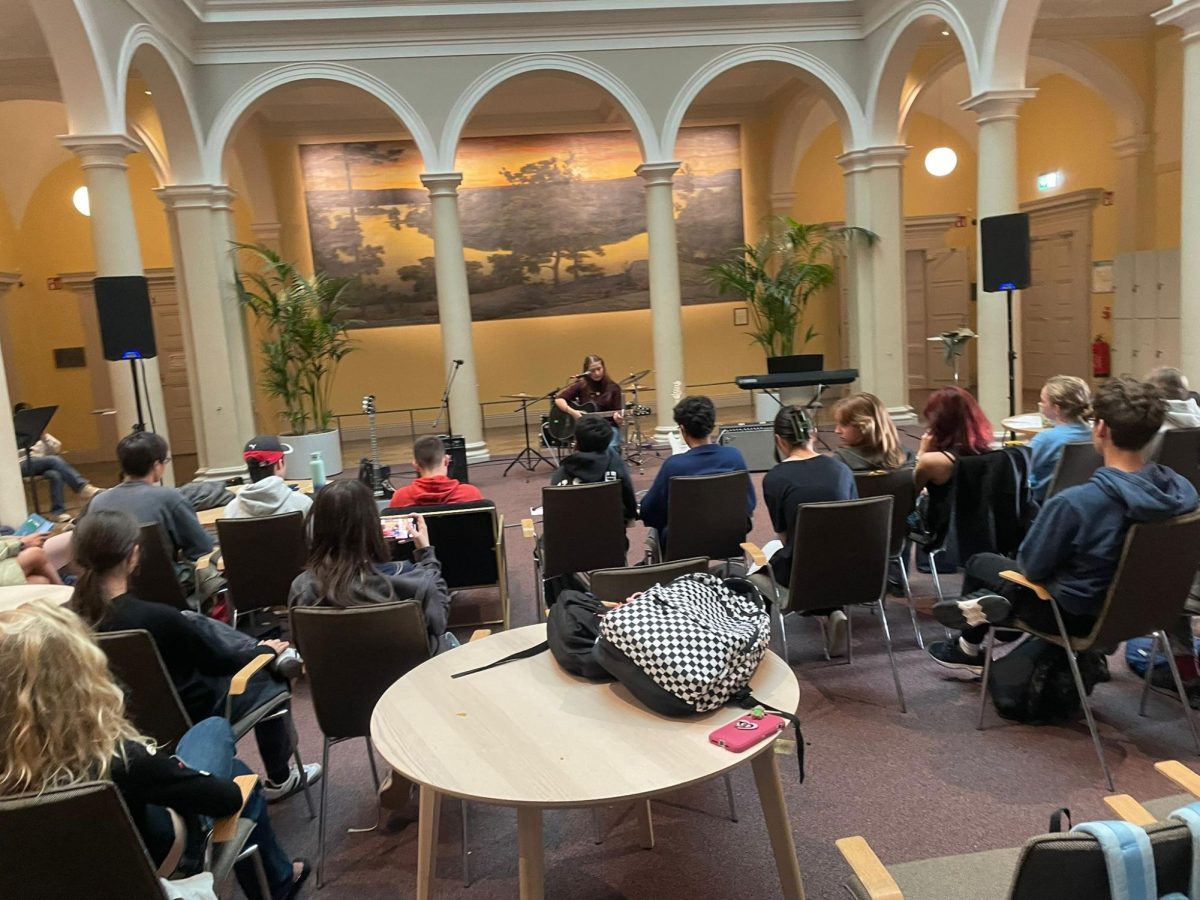To clone organisms, travel the world for your work and explore the minute details of life may sound like the plot of an adventurous science fiction novel, but it is far from fiction! In fact, this is the story of our very own biology teacher, Dr. Saha. Here is her journey as a scientist began.,
Dr. Saha always had an interest in the world around her, observing the plants on the road to school and telling her friends about how scientists studied plants and insects. When asked about whether she had an “eureka moment” that sparked her love of science, she responded after some thought that she never had that moment, but rather her passion was already there from the start. She had the support of her parents and teachers, who inspired her even more to pursue science. As for the question of any opposition she faced on her path, she had quite an apt response; “No one dared to discourage me, no. I was lucky in that way.”.
Somewhat surprisingly, Dr. Saha first studied chemistry, maths and physics (collecting almost all the sciences) with an honours in chemistry. However, upon considering her next steps, the prospect of going further in physical or organic chemistry seemed a bit dry, and she decided she’d rather go into a topic that was involved with more real life situations. At that moment, biochemistry entered the scene. Because biochemistry is related to life, it meant that many things fell into its scope, like microbiology, physiology and statistics, making it a multidisciplinary subject.
Within her work in biochemistry, Dr Saha worked a lot with the tiny organisms which live all around us, like Aspergillus niger, which is the fungus responsible for black spores you see on bread if it goes bad or club shaped corynebacterium, before eventually working on genes in rats and mice as well as enzymes. Throughout this work came the most fantastical and challenging part of her work: making clones. In order to clone genes she had to work with very specific enzymes that broke down part of the DNA, making it really hard to pull off. For a long time, Dr. Saha worked to successfully make a clone, and managed to do it a month after she moved to Sweden for her PhD. That, she said, was her “perfect eureka moment”.


